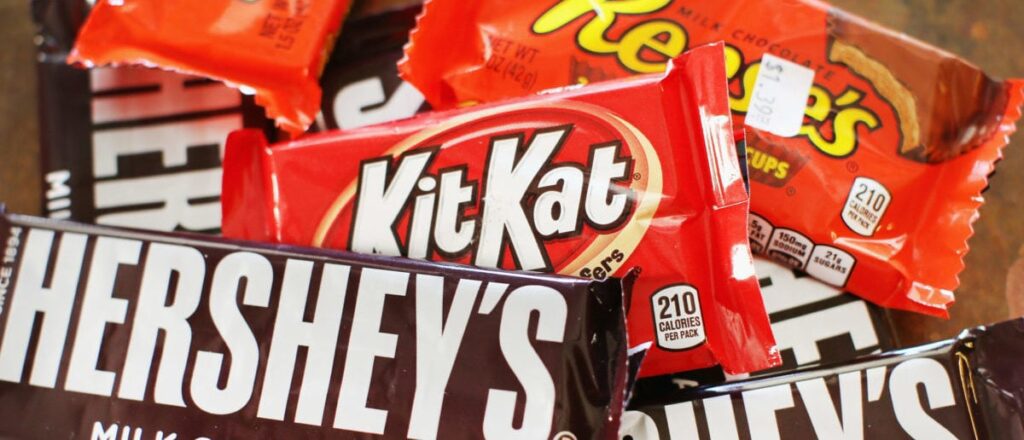In the latest knock to consumers’ wallets, candy prices in the United States have rocketed up a staggering 13% in October compared to last year, the Associated Press reported this past Saturday. This bitter pill to swallow marks the second consecutive year of double-digit inflation within the candy industry. This jump is more than double the 6% overall increase in grocery prices and follows a profound 14% upswing in candy prices just this time last year.
Less boo for your buck: For the second Halloween in a row, US candy inflation hits double digits https://t.co/yLrA1u3xxV
— The Associated Press (@AP) October 28, 2023
With this web of intersecting factors, it’s clear that the perfect storm is brewing for sweet treats aficionados. Not only are these escalating prices a jarring reality for casual candy lovers, but these trends carry significant implications for annual festivities – most notably, Halloween – which now deliver less boo for your buck.
One of the pivotal players in the rise in candy prices is cocoa – the primary ingredient in most chocolates. Unfavorable weather conditions have hit the cocoa-producing regions of West Africa hard, driving cocoa prices to an astounding 44-year high. These challenges, including heavy rains followed by severe droughts, have placed immense strain on cocoa production capabilities and destabilized the supply chain.
Sugar, the indispensable additive that rounds out our holiday cookies and sweetens our morning coffee, is not exempt from these market pressures either. Unsteady supplies from major sugar producers, including India and Thailand, have driven global sugar prices to 12-year peak levels.
But the gouging isn’t confined solely to key ingredient costs. Rather, the rising cost of labor, higher packaging costs, and fluctuations in the price of additional ingredients have all coalesced to push candy prices higher.
A glaring example of these inflationary effects can be seen in national retailer, Aldi’s pricing strategy. As of this writing, a 250-piece variety pack of Mars Inc. chocolate bars is advertised for $24.98 at Aldi – a significant leap from the $19.54 price tag just two years ago.
Leading financial expert and market research analyst Dan Sadler prognosticates an ominous future for the candy market. “There may be no price relief in sight, at least through the first half of 2024,” warns Sadler. And if his prediction holds, consumers should brace themselves for a continuing spiral of candy costs.
In the unfolding saga of this economic whirlwind, the skyrocketing candy price surge serves as a ominous microcosm of the broader inflation climate gripping not only the United States but much of the global economy. As everyday consumers feel this pinch, the normally unexamined candy sector has been thrust under an unflattering spotlight.
In conclusion, a confluence of escalating labor costs, packaging expenses, and soaring ingredient prices has perpetrated a double-digit inflationary siege on the candy industry. If market forecasts hold true, potential reprieve from these exorbitant prices remains elusive – at least through the first half of 2024. The ripple effects will undoubtedly reach every corner of the consumer marketplace. As such, the unfolding predicament necessitates urgent attention from key stakeholders, from the average consumer to multinational corporations. It underscores the urgency of developing strategic measures to keep the markets in check and avert potentially severe repercussions across the supply chain and beyond.



